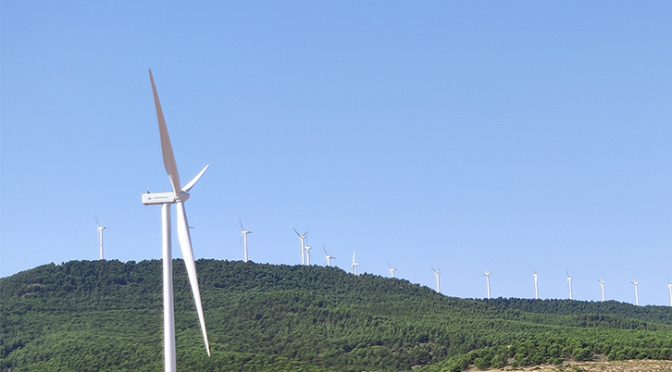Wind energy has emerged as a promising solution to the global quest for sustainable and clean energy sources. As countries around the world strive to reduce their carbon footprint and transition to renewable energy, the Kingdom of Tonga is no exception. This Polynesian archipelago, consisting of 169 islands, is highly dependent on imported fossil fuels for its energy needs. However, the potential of wind energy in Tonga’s path to sustainable development is now being explored, as the country seeks to harness the power of its abundant wind resources.
Tonga’s heavy reliance on imported fossil fuels for electricity generation has led to high energy costs and increased vulnerability to global oil price fluctuations. This not only puts a strain on the nation’s economy but also contributes to greenhouse gas emissions, which exacerbate climate change. As a small island developing state, Tonga is particularly vulnerable to the impacts of climate change, such as rising sea levels, extreme weather events, and ocean acidification. Therefore, the need for a sustainable and climate-resilient energy system is of paramount importance.
Recognizing the potential of wind energy as a viable alternative to fossil fuels, the Tongan government has set ambitious targets for renewable energy adoption. The country’s Strategic Development Framework (2015-2025) aims to increase the share of renewable energy in the national energy mix to 50% by 2020 and 70% by 2030. This commitment to renewable energy is further reflected in Tonga’s Nationally Determined Contribution (NDC) under the Paris Agreement, which outlines the country’s efforts to reduce greenhouse gas emissions and adapt to the impacts of climate change.
To achieve these targets, Tonga has been actively exploring the potential of wind energy as a key component of its sustainable development strategy. In recent years, several wind resource assessments have been conducted to identify suitable sites for wind energy projects. These studies have revealed that Tonga has a significant wind energy potential, particularly on the islands of Tongatapu, Vava’u, and Ha’apai. With average wind speeds of 6-8 meters per second, these areas are considered to have good to excellent wind resources for electricity generation.
In addition to its favorable wind resources, Tonga’s geographical location and small population present unique opportunities for the development of wind energy projects. The country’s isolated position in the South Pacific Ocean means that it is not connected to any regional power grids, making it an ideal candidate for small-scale, off-grid wind energy solutions. Furthermore, the relatively low energy demand of Tonga’s population of around 100,000 people means that even small-scale wind energy projects could have a significant impact on the country’s overall energy mix.
Several pilot projects have already been implemented to test the feasibility of wind energy in Tonga. In 2010, the Tonga Power Limited (TPL) installed a 11-kilowatt wind turbine on the island of Tongatapu, which has been successfully generating electricity for the local grid. More recently, the Asian Development Bank (ADB) provided funding for the installation of two 275-kilowatt wind turbines on the island of Vava’u, which are expected to generate enough electricity to power around 1,000 households.
As Tonga continues to explore the potential of wind energy in its path to sustainable development, it is essential that the country adopts a holistic approach that considers not only the technical and economic aspects of wind energy projects but also their social and environmental impacts. This includes engaging local communities in the planning and implementation of wind energy projects, ensuring that they are designed to minimize any potential negative effects on the local environment and wildlife, and investing in capacity building and training programs to develop a skilled workforce capable of maintaining and operating wind energy facilities.
In conclusion, the role of wind energy in Tonga’s sustainable development is becoming increasingly apparent as the country seeks to reduce its dependence on imported fossil fuels, lower its greenhouse gas emissions, and build a climate-resilient energy system. By harnessing the power of its abundant wind resources, Tonga has the potential to not only achieve its renewable energy targets but also to serve as a model for other small island developing states in their pursuit of sustainable development.


